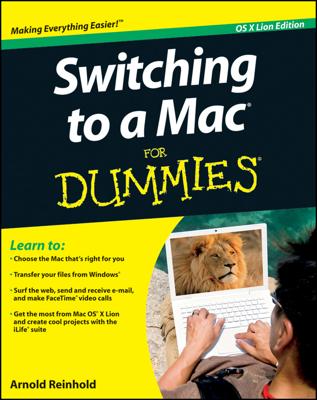You can use a Universal Serial Bus (USB) to connect printers, scanners, digital cameras, webcams, iPods, joysticks, speakers, keychain disk drives, piano keyboards, and even your mouse and computer keyboard to your Mac.
Plugging in a USB device is as simple as plugging it in (though sometimes you have to load software first). You can often remove USB devices from the computer without causing harm by merely pulling the cable out of the jack.
Sometimes, however, you need to let your Mac know before you pull out the cable. To remove an iPod connected by USB, for example, your Mac wants you to click a tiny little icon in the iTunes software source list, next to the name you’ve assigned the portable music player. Failure to click the icon can cause unpleasant consequences.
If you plug a USB device into a port in the keyboard and it doesn’t work, try plugging it into a USB port directly on the back or side of the computer.
USB generally works great. But given all the devices that use USB, you may run out of available ports. In that case, you can buy a USB expansion hub — preferably one that you can plug in to an electrical outlet.
The state of the art for USB ports is USB 2.0. Older Macs have slower USB 1.1 ports.

